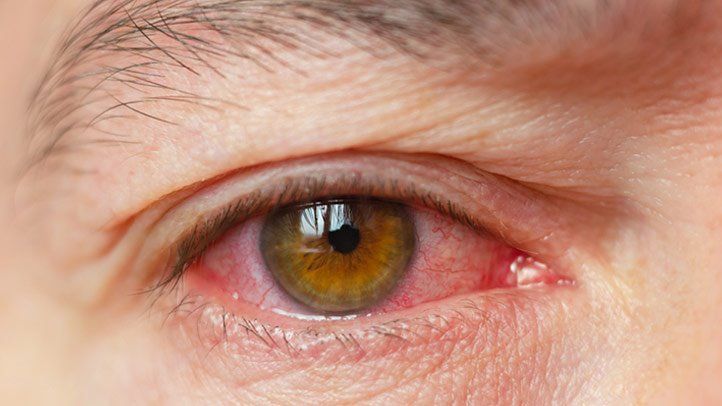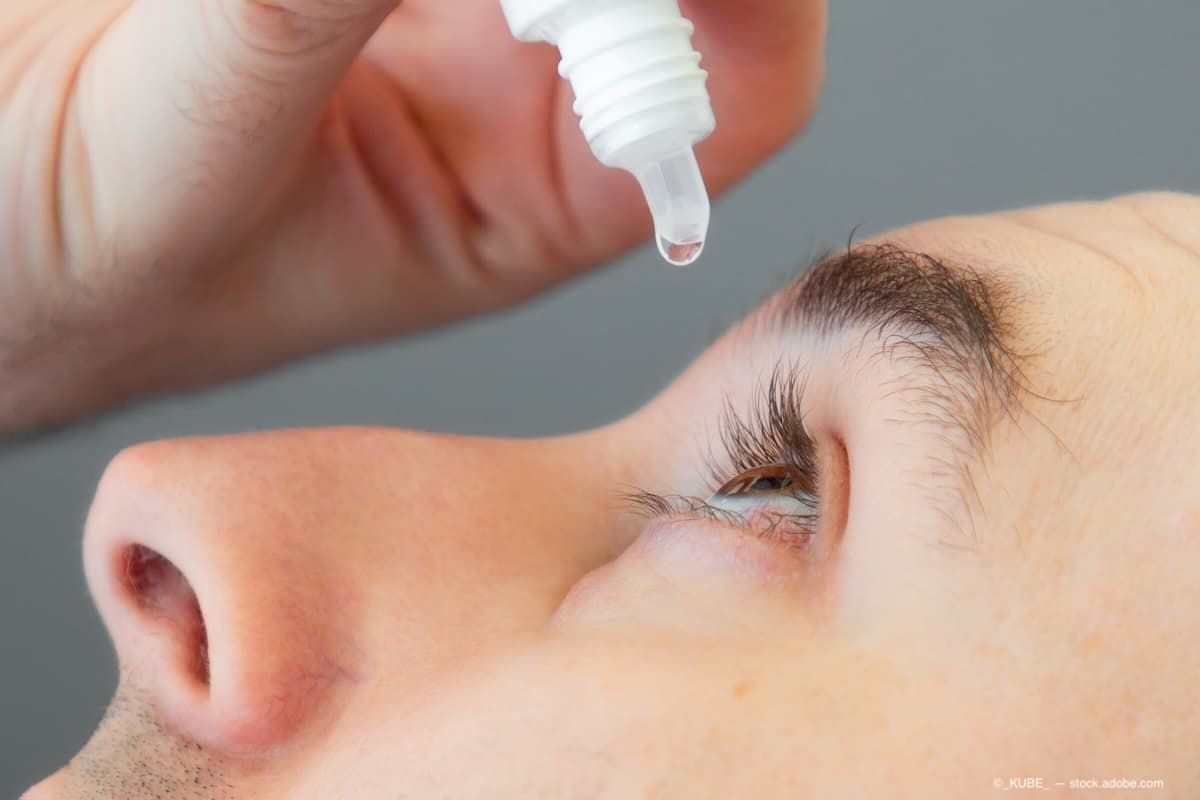Article
Oculis announces Phase 2 data for topical drops to treat dry eye disease
Author(s):
According to the company, topical eye drops anti-TNFα agent licaminlimab (OCS-02) relieve persistent ocular discomfort in severe dry eye disease.

Oculis S.A., today announced results of the double blinded, multicenter and placebo controlled Phase 2 clinical trial assessing the effect of topical licaminlimab (OCS-02) on global ocular discomfort in patients with severe dry eye disease (DED) (NCT02365519) has been published by the Clinical Ophthalmology journal.1
According to a news release, the results from the study show that the change from baseline to Day 29 in the global ocular discomfort score, the primary efficacy endpoint, was statistically significantly greater for topical ocular licaminlimab (OCS-02) (-7.9) than for vehicle (-3.6) (90% CI -7.7, -0.8; p = 0.041).
The percentage of patients with an improvement in global ocular discomfort score >20 from baseline to treatment day 29, one of the main secondary efficacy endpoints, was statistically greater for licaminlimab (17.9%) compared to vehicle (4.7%) (p = 0.018).
According to the company, Licaminlimab (OCS-02) was well tolerated in this study, with no major safety differences between licaminlimab (OCS-02) and vehicle treatment groups, and no increase in intra-ocular pressure was observed.
Licaminlimab (OCS-02) is a single-chain antibody fragment (scFv) that binds to and neutralizes the activity of human TNFα, with dual mechanism of action (MoA), anti-inflammation and anti-necrosis. Unlike full-length monoclonal antibodies, scFv fragments can penetrate ocular surface tissues when used as eye drops, due to the smaller size of the molecule giving it the potential to become the first approved topical biologic for DED.
Riad Sherif, MD, CEO of Oculis, noted that the Phase 2 data further reinforce the company’s confidence in the potential of OCS-02 as a novel anti-inflammatory treatment for the effective management of Dry Eye Disease, and other inflammatory eye diseases.
“With Phase 2b clinical trials of OCS-02 for the treatment of dry eye disease and uveitis which are planned to start in the coming months, along with on-going Phase 3 clinical trials of OCS-01 in diabetic macular edema and inflammation and pain following ocular surgery and a proof-of-concept (POC) trial of OCS-05 in acute optic neuritis, we look forward with confidence to the further development of the Oculis Ophthalmology franchise to address significant unmet medical needs in key areas of ophthalmology,” Sherif said.
Dry Eye is a multifactorial disease in which inflammation rapidly takes on a central role in sustaining the pathological state.2 The global prevalence of DED has been reported at 11.59%3, representing approximately 900 million people worldwide. In the US alone, there is currently between 16 million and 49 million people who have dry eye disease4. Significant unmet medical needs remain for this large and growing patient population with only 9% of diagnosed patients in the US receiving treatment5 and despite current options, only 13% of patients are achieving lasting relief.6
Licaminlimab (OCS-02) is currently being investigated by Oculis in Phase 2 clinical trials for the treatment of dry eye disease and uveitis.
Christophe Baudouin, MD, professor of Ophthalmology and chairman of Ophthalmology III in Quinze-vingts National Ophthalmology Hospital, Paris, noted that there is a true unmet medical need for the development of drugs with new MOA to treat the inflammation involved in the pathogenesis of DED.
“OCS-02 is certainly one that could fill that gap,” he said in a statement. “As compared to currently available treatment options and other product candidates in the DED pipeline, OCS-02 could play a role in the treatment of the underlying causes of the disease given its anti-inflammatory and anti-necrosis benefits.”
Baudouin noted that he is looking forward to the continued development and approval of OCS-02 in severe dry eye disease as these patients currently have limited treatment options.
References
1. Lee Shettle, Eugene McLaurin, Joseph Martel, John W. Seaman, III, Georges Weissgerber; Topical Anti-TNFα Agent Licaminlimab (OCS-02) Relieves Persistent Ocular Discomfort in Severe Dry Eye Disease: A Randomized Phase II Study. Clin Ophthalmol. 2022 Jul 6;16:2167-2177. doi: 10.2147/OPTH.S366836.eCollection 2022.
2. Baudoin C. Dry Eye Disease, the complex interactions of vicious cycles. EuDESEuropean Dry Eye Society https://www.dryeye-society.com/resources/dry-eye-disease-complex-interactions-vicious-cycles
3. Eric B Papas "The global prevalence of dry eye disease: A Bayesian view" 2021
4. https://dryeyedirectory.com/dry-eye-statistics/
5. DRG Dry Eye Disease Landscape and Forecast 2020
6. Mukamal, R. Why is Dry Eye So Difficult to Treat? 2021 https://www.aao.org/eye-health/tips-prevention/fix-dry-eye-treatment-eyedrops
Newsletter
Don’t miss out—get Ophthalmology Times updates on the latest clinical advancements and expert interviews, straight to your inbox.




